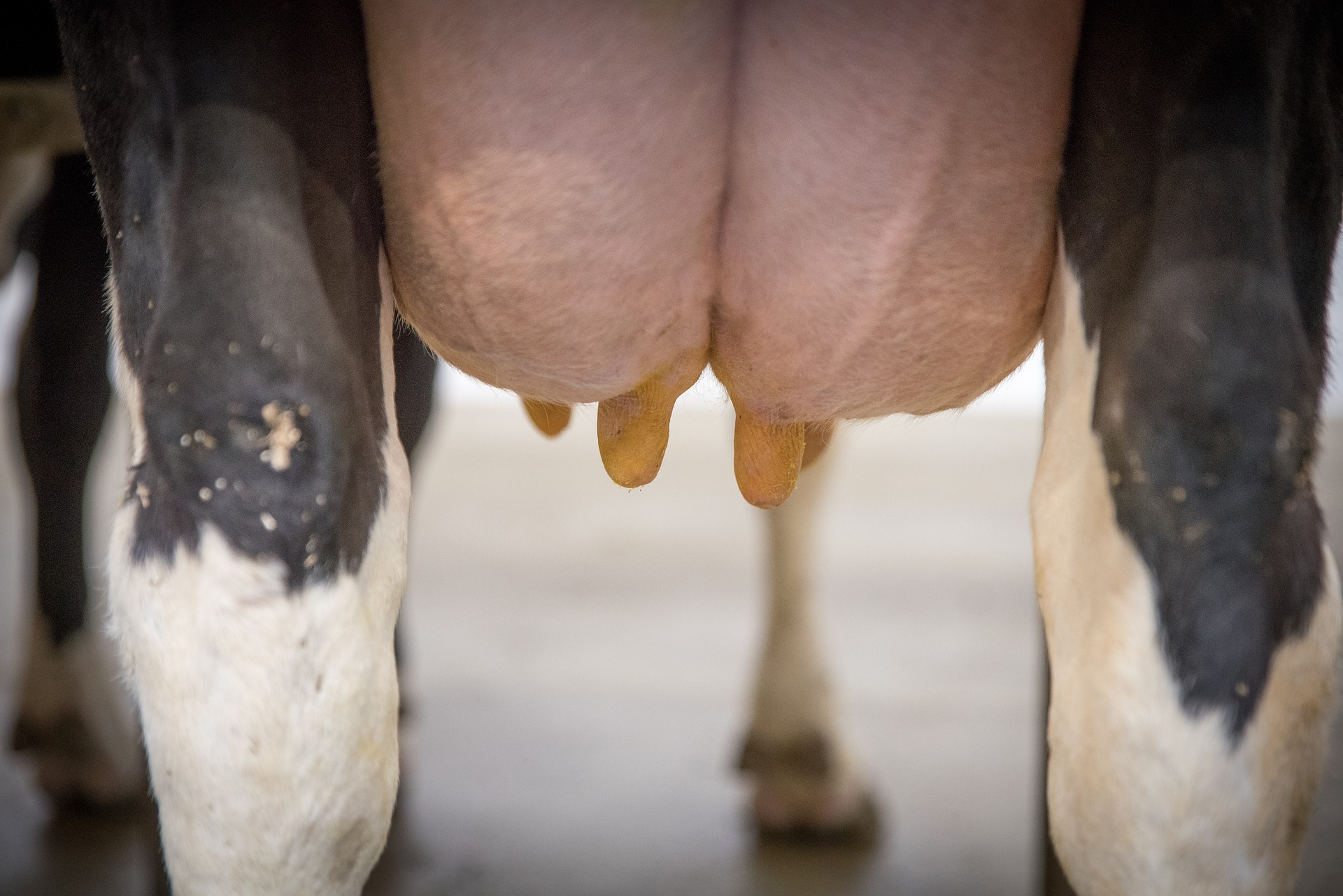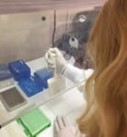



Diagnostics Role in Selective Dry Cow Therapy
Dry Cow Management Protocols Vary Around the WorldIn Europe SDCT is Replacing Blanket Dry Cow Therapy (BDCT)
Case Study: The Netherlands
 Dry cow management varies across the globe, but many countries in the EU either have shifted, or are in the process of shifting, to selective dry cow therapy (SDCT). The Netherlands offers an excellent case study of a country that has worked through the implementation pains of transitioning to this dry cow therapy protocol. Blanket dry cow therapy (BDCT) was banned in the Netherlands in 2012, and since then, their antibiotic use in dairy has dropped 63%, which was the aim of the government regulation.
Dry cow management varies across the globe, but many countries in the EU either have shifted, or are in the process of shifting, to selective dry cow therapy (SDCT). The Netherlands offers an excellent case study of a country that has worked through the implementation pains of transitioning to this dry cow therapy protocol. Blanket dry cow therapy (BDCT) was banned in the Netherlands in 2012, and since then, their antibiotic use in dairy has dropped 63%, which was the aim of the government regulation.
The Netherlands Dairy Production Relies on SDCT
It is important to note that the Netherlands is home to 16,000 dairy farms and 1.59 million dairy cows, contributing 13% of the world’s milk. Their average herd size in 2020 was 101 cows. The average milk production is 54 pounds per day. It’s likely that dairy producers in the Netherlands are drying off 3–5 cows at a time rather than a large cohort.
SDCT protocol
"The Netherlands has set the standard for the rest of Europe for dry cow therapy management, and while SDCT hasn’t been adopted across the whole of Europe, we see many countries moving that direction," said Dr. Mathijs Bakker, a dairy veterinarian and consultant based in the Netherlands.
The protocol for SDCT in the Netherlands is the same on every farm:
- Producers start with individual somatic cell counts (SCC) (data collected by DHI sampling) for cows that are ready to dry off.
- For cows, antibiotics can be used if individual SCC are above 50,000. For heifers, the threshold for SCC is 150,000. Cows under those thresholds are not eligible to receive any antibiotic therapy; a teat sealant can be applied at dry-off.
- If eligible for antibiotics, producers determine which is prudent to use:
- First choice—can be used “empirically,” e.g., before it is known which bacteria are causing the infection and without carrying out sensitivity testing
- Second choice—can only be used if sensitivity testing (e.g., diagnostic testing to see whether the bacteria are resistant to certain antibiotics) shows that first-choice antibiotics would be unlikely to work
- Third choice—can only be used if sensitivity testing shows that neither first- nor second-choice antibiotics would work
No Antibiotics as a Preventive Measure Against Mastitis
"It’s forbidden in the Netherlands to use antibiotics as a preventive measure against mastitis or any disease," Dr. Bakker explained. "However, if the SCC for a cow is above 50,000, it's not preventive as it’s likely there’s an infection in the udder—either clinical or subclinical."
Consumer Demand Drives Government Regulatory Mandate for SDCT
The decision to switch to SDCT is a government regulatory mandate, driven in part by consumer demand for less antibiotic use in food and to lessen the risk of antibiotic resistance.
Diagnostics Role in SDCT
Which Antibiotic to Use in a SDCT Protocol?
Diagnostics play a significant role in determining which antibiotic to use in a SDCT protocol. There are two types of bacteria: gram-positive and gram-negative.
Gram-Positive or Gram-Negative?
Real-Time PCR Helps Determine the Right Choice of Antibiotic
"The first choice of dry cow therapy can only be used for gram-positive bacteria," Dr. Bakker noted. "Real-time PCR is one of our first steps in the process and helps determine the right choice of antibiotic for each cow. If you have a lot of gram-negative bacteria on your farm, then you are allowed to use a second-choice dry cow therapy and don't need to test for antibiotic susceptibility. But if there’s resistance developing in the gram-positive bacteria, then an antibiotic susceptibility test is needed to determine a second-choice dry-off therapy."
Thus, if the bacteria are gram-positive, producers need to culture the bacteria or use MALDI-TOF mass spectrometry to prove the bacteria are resistant to first-choice antibiotics.
"As a veterinarian, if I must make the choice between first- and second-choice dry-off therapy, it's always problem driven. If the cure rate is very low, then we must dive into it and determine what’s going on with that cow or the herd," Dr. Bakker said. "For me, I always start with real-time PCR, just to make sure I know if it's a gram-negative or gram-positive problem, and after that, I go to the antibiotic susceptibility test."
PCR for Speed and Accuracy
 Speed is a key benefit with PCR—results are often available same day. This is especially true for Dr. Bakker because he’s performing the PCR test in his own lab. He also likes to deliver the results directly to his client.
Speed is a key benefit with PCR—results are often available same day. This is especially true for Dr. Bakker because he’s performing the PCR test in his own lab. He also likes to deliver the results directly to his client.
"If I send the sample to an external laboratory and they get a result, they are phoning my farmer with their advice. There are different ways to solve a problem, but as the veterinarian, I want to be working with my farmer to find the best solutions for the herd," he said. "If I perform the test by myself, I don’t have bias. I don't have any disturbance in my advice to my client, so that’s also a big advantage for our practice."
With PCR, Dr. Bakker also gets more information from a PCR test than a traditional culture, especially when it comes to gram-negative bacteria.
Click here for more information on Thermo Fisher Scientific's diagnostic solutions.



